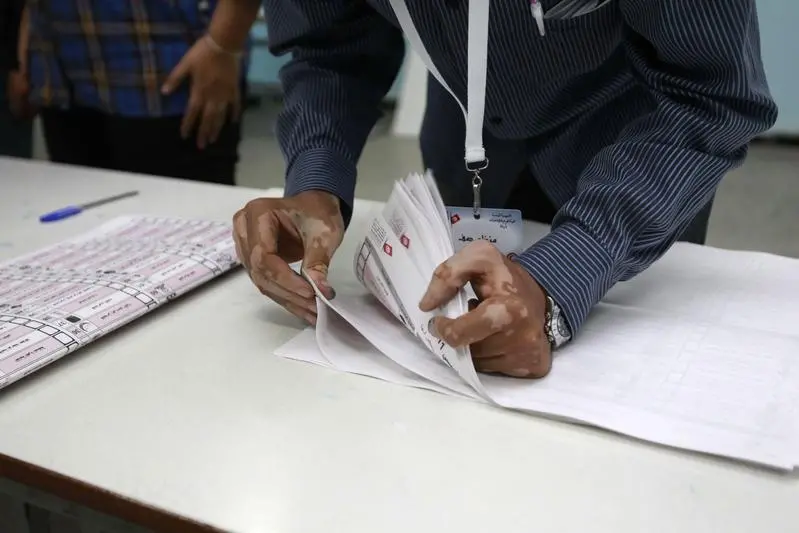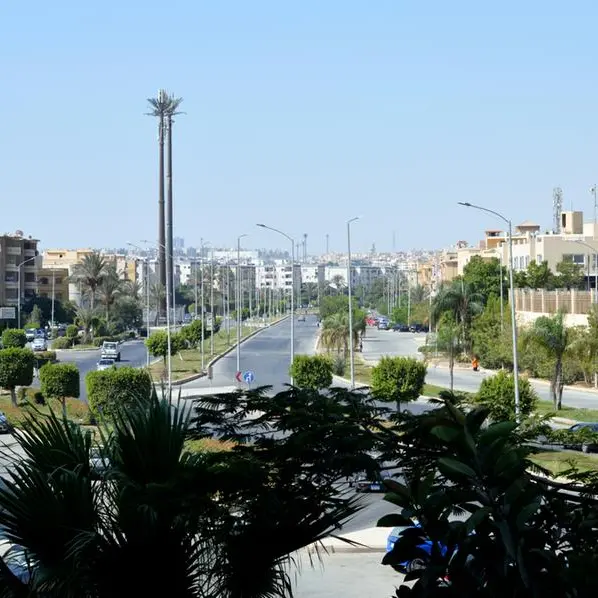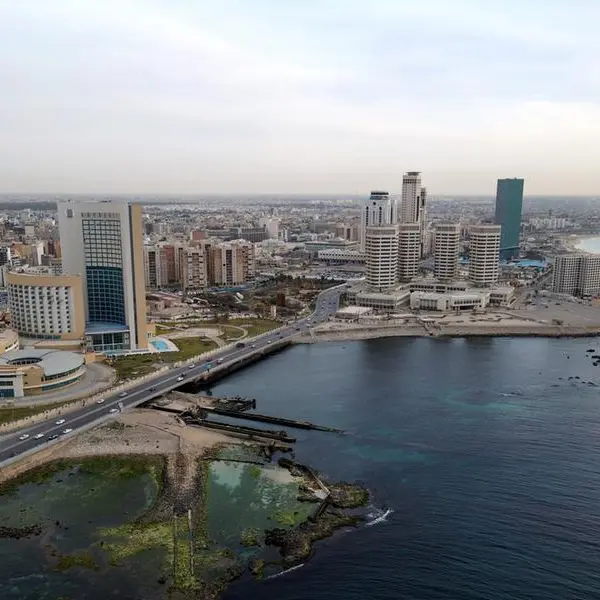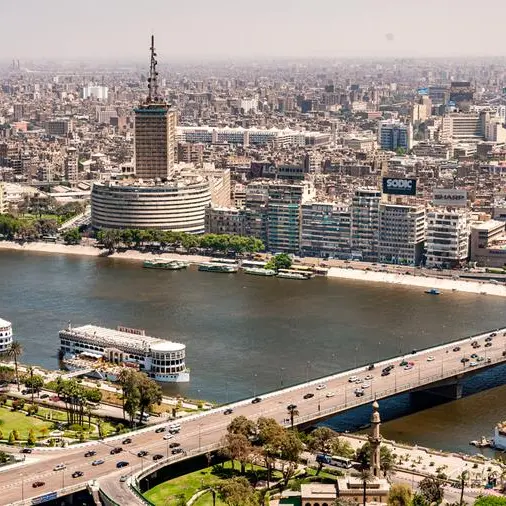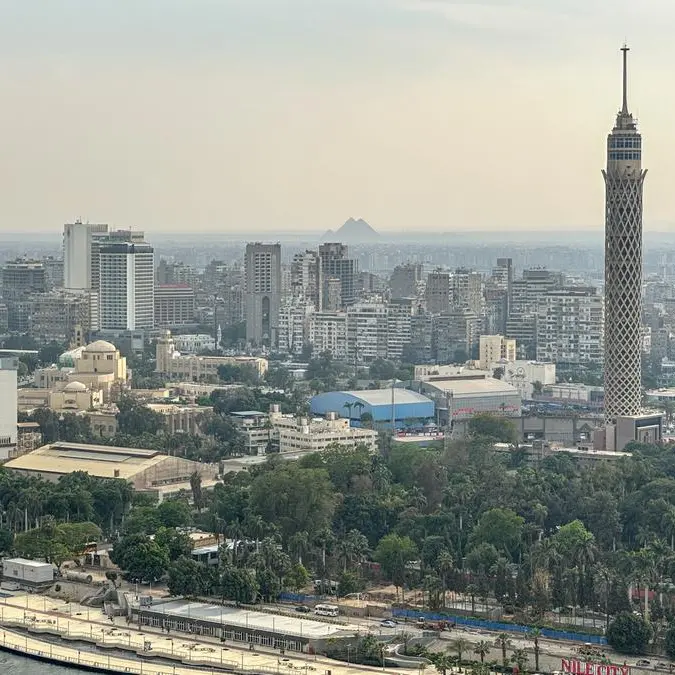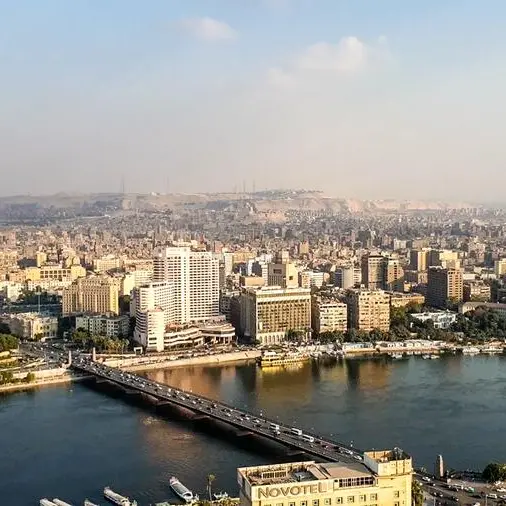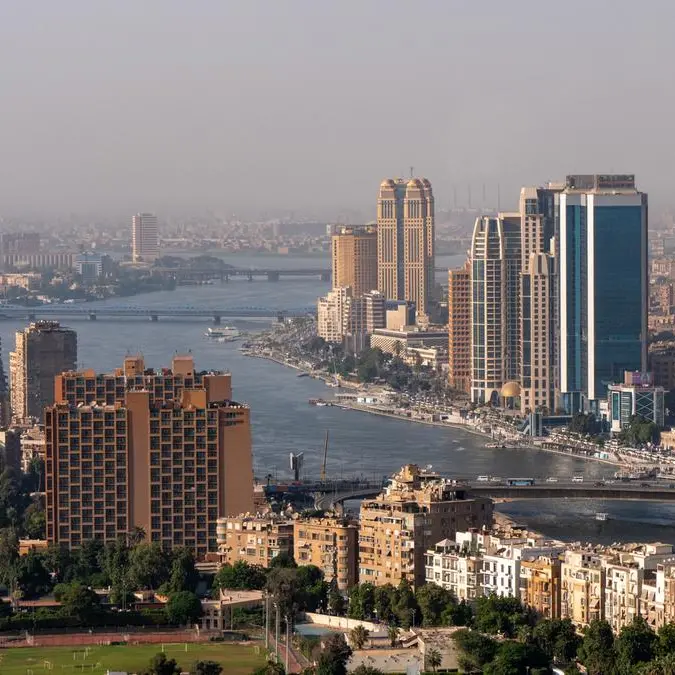PHOTO
Tunisians will head Sunday to polls to cast their ballots in February 4 runoff local elections.
They will select among the top two candidates in each constituency. The latter failed to obtain the absolute majority of votes in the first round.
Actually, a total of 1,858 candidates in 779 election districts are vying for seats in the second roun
Voting will take place in 2,034 polling centres and 3,675 polling stations. Some 4, 181,871 voters are registered.
The runoff local election campaign ran from January 21 (one day after the annoucement of the final results of the first round) to February 2.
Campaign silence began Saturday at midnight and will continue until polling centres close.
First round: 11.84% turnout recorded
Figures advanced by the Independent High Authority for Elections (French: ISIE) show the turnout in the first round stood at 11.84% as 1,074, 880 voters cast their ballots last December 24.
Out of a total of 6,177 direct candidates in 2,155 constituencies, 1,348 won local council seats in the first round.
Candidacies were filed in all election districts across the country in the first round. Over 90% of constituencies saw two or more candidates step forward, the election commission said.
Local elections: first step towards establishment of second parliamentary chamber
Local elections - a first in the country's history- will result in the election of the 2,434 members of the 279 local councils.
These elected officials will be tasked with choosing the make-up of the councils of regions and districts to bring to completion the election process with the establishment of the National Council of Regions and Districts - the second chamber of the bicameral legislature as set out in July 25, 2022 constitution.
The composition and stages to put in place the Council of Regions and Districts is detailed in the decree-law (March 9, 2023) which provides for holding local elections.
Once established, each local council (a total of 279) will be represented by one of its members in the regional council for a three-month term.
Representatives of local councils will be selected by draw to ensure equal opportunities.
Each of the 24 governorates will have its own regional council.
The twenty-four regional councils will make up the council of districts (5 districts) to elect their representatives within the National Council of Regions and Districts.
The new parliamentary chamber will include three representatives of each regional council and one representative from each council of districts.
Preliminary results of runoff local elections will be announced on February 7 at the latest.
The announcement of final results and the composition of the 279 local councils will take place after the expiry of the deadlines to lodge challenges.
© Tap 2022 Provided by SyndiGate Media Inc. (Syndigate.info).
